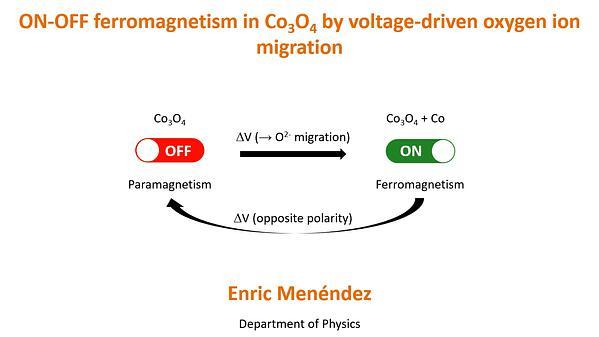Would you like to see your presentation here, made available to a global audience of researchers?
Add your own presentation or have us affordably record your next conference.
Magnetometers are used for navigation, the detection of submarines and underwater debris, archaeological and geological surveys, as well as in the exploration of our solar system and even in our mobile devices 1-2. Recently, designs of solid-state quantum magnetometers have stimulated particular interest both for their small size 3, and for their potential to operate without any optical components or applied microwave fields 4.
In this work we model Optically/Electrically Detected Magnetic Resonance (ODMR/EDMR) of the Silicon vacancy in Silicon Carbide, a budding candidate for solid-state quantum magnetometry, using quantum master equations. The Silicon vacancy can be thought of as a S = 3/2 synthetic atom, and its spin states are sensitive to magnetic fields via the Zeeman effect. In ODMR, magnetic resonances of the Zeeman field are detected by extrema in the normalized photoluminescence signal when a transverse microwave field is applied. In EDMR, magnetic resonances of the Zeeman field are detected by extrema in the normalized current, generated when a conduction electron couples to the vacancy’s spin and is allowed to recombine with a valence hole in a spin-dependent manner. In both cases, the photoluminescence/current is calculated from the steady-state density matrix populations and compared to recent experimental results 5-7.
We acknowledge support from NSF DMR-1921877.
References
1 Budker, D., Romalis, M., Nature Phys 3, 227–234 (2007)
2 Ness, N.F., Space Sci Rev 11, 459–554 (1970)
3 Kraus, H., Soltamov, V., Fuchs, F. et al., Sci Rep 4, 5303 (2014)
4 Cochrane, C., Blacksberg, J., Anders, M. et al., Sci Rep 6, 37077 (2016)
5 Kraus, H., Soltamov, V., Riedel, D. et al., Nature Phys 10, 157–162 (2014)
6 Fischer, M., Sperlich, A., Kraus, H. et al., Phys. Rev. Applied 9, 054006 (2018)
7 Cochrane, C., Kraus, H., Neudeck, P. et al., MSF 924 988-992 (2018)
